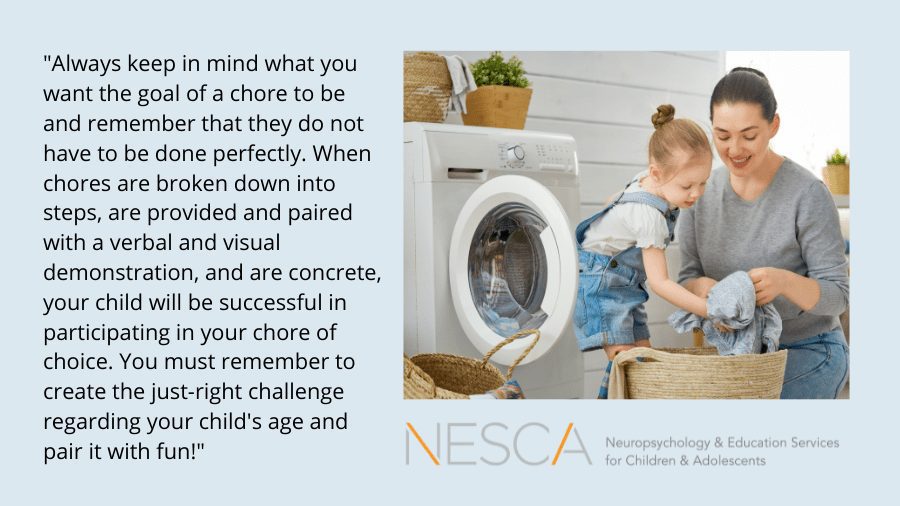
 By: Jessica Hanna MS, OTR/L
By: Jessica Hanna MS, OTR/L
Occupational Therapist, NESCA
It’s summertime, and let’s face it, nobody wants to do chores. However, through learning about the benefits of chores in a previous NESCA blog post, we realized all that it can bring to the table to improve child development skills.
Nevertheless, let’s step back. No one ever said chores must be painful or that it is all business and no play. Even when it comes to chores, you can keep it fun! The beauty about chores is that in addition to learning personal responsibility, improved self-care skills, and teamwork, chores help children to incorporate and work on an array of skill sets, such as:
- Visual perceptional skills
- Executive functioning skills
- Bilateral coordination skills
- Fine motor skills
- Upper body strength
- Sensory regulation
Let’s take a closer look at exactly what that can look like:
Water play chores
Stop what you’re thinking…yes, it can seem messy, but remember the goal: participation, have fun, work on important skills (bilateral coordination, sequencing, crossing midline, integrating sensory input).
- Cleaning off sandy beach items – Works on a 2-step or 3-step sequence and bilateral coordination skills.
-
- 2-step sequence (rinse and dry using a water bucket or water hose)
- 3-step sequence (rinse/dry/store back in beach bag)
- Watering plants/flowers outside – Provides heavy work and promotes bilateral coordination to hold a water-hose and use upper body strength to maintain arms lifted above gravity.
- Rinse dishes in the sink – Works on sequencing steps, crossing midline, upper body strength, and bilateral coordination.
- Wipe down indoor/outdoor tables – Incorporates motor planning, crossing midline, and promotes upper body strength.
- Clean reachable outdoor/indoor windows – Remember it is not about the streaks left behind. The task promotes and builds on upper body strength, hand strength, motor planning skills, and bilateral coordination skills.
Chores that work on visual perceptual skills
- Sorting clean laundry – Play assembly line with clean clothes or turn it into a mini obstacle course. Sorting and putting away laundry can be a group effort for everyone in the family!
- Matching socks
- Color coding clothing
- Sorting by category (pants/shirts/undergarments)
- Putting away groceries…what is more fun than playing store? – Have your child follow a pre-made visual or written checklist to make sure and check off all items purchased (e.g., create your shopping list on Prime Now or Peapod where visuals are supplied, and you print a copy for your child to follow and mark up).
- Loading the dishwasher – When it comes to loading the dishwasher, we all know it can be a game of Tetris, even for adults! When helping your child load the dishwasher safely, make sure you place one item first in a designated area and see if they can sort items accordingly.
- Cleaning up toys on a floor – When asking your child to pick up toys, reduce visual clutter, and be specific.
- Place a perimeter (e.g., use a hoola hoop/painter’s tape) around toys that need to be picked up.
- Use a visual checklist to identify toys to be picked up (e.g., books, Legos, crayons).
- You can turn it into a scavenger hunt game (e.g., find 10 crayons on the floor).
Chores that promote regulation
Heavy work chores/activities help with sensory regulation through the act of pushing, pulling, and lifting heavy items.
- Laundry – If you have a front-loading reachable washer and dryer, have your child pull wet clothes out of the washer, or dry clothes from the dryer. Or have your child (depending on size and strength) help carry a basket of clean or dirty clothes to and from the washer and dryer. (To add a fun twist, have them walk over items, around items, spin, bend, etc., with a basket of clothes).
- Vacuuming/Swiffering – Make sure the size is appropriate. Little ones love handheld vacuum cleaners and dust pans if they cannot manipulate larger sized appliances. Handheld vacuums are fun for kids to use in helping to clean out the car! Turn it into a game to vacuum the treasures your car “ate” during those summer outings can be an adventure for them and a bonus for you!
- Bed making – Have your child sit in the bed and help pull up those sheets and blankets from the sitting position. It’s fun when it fluffs up and gets tricky when you must sneak or crawl out without pulling the sheets down!
Always keep in mind what you want the goal of a chore to be and remember that they do not have to be done perfectly. When chores are broken down into steps, are provided and paired with a verbal and visual demonstration, and are concrete, your child will be successful in participating in your chore of choice. You must remember to create the just-right challenge regarding your child’s age and pair it with fun!
About the Author
 Jessica Hanna has over 10 years of pediatric OT experience in conducting assessments and providing treatment of children and adolescents with a broad range of challenges and disabilities, including autism spectrum disorders, sensory processing disorders, visual impairments, cerebral palsy, executive function deficits and developmental disorders of motor function. Prior to joining NESCA, Jessica trained and worked in a variety of settings, including inpatient and outpatient hospital settings, private practice, schools and homes. She has served on interdisciplinary treatment teams and worked closely with schools, medical staff and other service providers in coordinating care. In addition, Jessica provided occupational therapy services at Perkins School for the Blind and Spaulding Rehabilitation Hospital pediatric inpatient unit, where she conducted comprehensive evaluations and interventions for children with a broad range of presentations.
Jessica Hanna has over 10 years of pediatric OT experience in conducting assessments and providing treatment of children and adolescents with a broad range of challenges and disabilities, including autism spectrum disorders, sensory processing disorders, visual impairments, cerebral palsy, executive function deficits and developmental disorders of motor function. Prior to joining NESCA, Jessica trained and worked in a variety of settings, including inpatient and outpatient hospital settings, private practice, schools and homes. She has served on interdisciplinary treatment teams and worked closely with schools, medical staff and other service providers in coordinating care. In addition, Jessica provided occupational therapy services at Perkins School for the Blind and Spaulding Rehabilitation Hospital pediatric inpatient unit, where she conducted comprehensive evaluations and interventions for children with a broad range of presentations.
Neuropsychology & Education Services for Children & Adolescents (NESCA) is a pediatric neuropsychology practice and integrative treatment center with offices in Newton, Massachusetts, Plainville, Massachusetts, and Londonderry, New Hampshire, serving clients from preschool through young adulthood and their families. For more information, please email info@nesca-newton.com or call 617-658-9800.




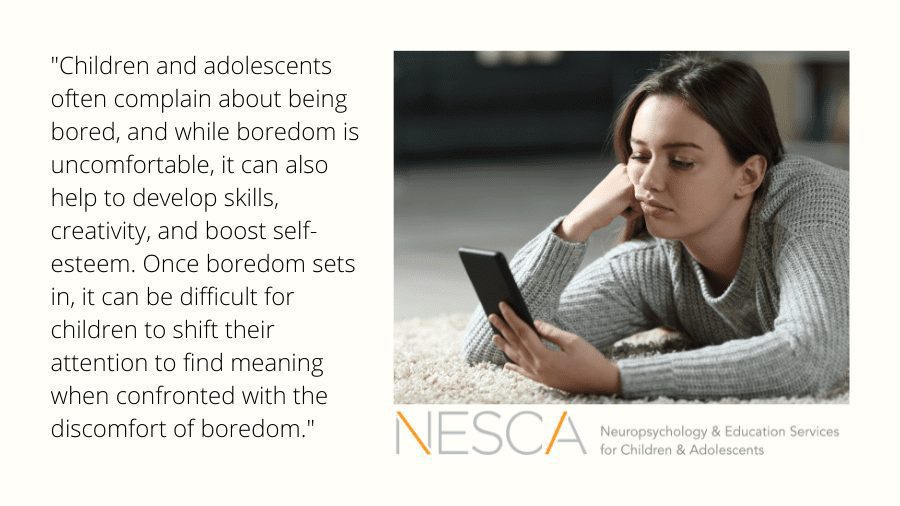
 M.A. from Antioch New England in Applied Psychology. She also worked as an elementary school counselor and school psychologist for 15 years before embarking on her doctorate. During her doctorate, she did her pre-doctoral internship with RIT in Rochester, N.Y. where she worked with youth ages 5-17 who had experienced complex developmental trauma. Dr. Hess’s first post-doctoral fellowship was with The Counseling Center of New England where she provided psychotherapy and family therapy to children ages 5-18, their families and young adults. She also trained part-time with a pediatric neuropsychologist conducting neuropsychological evaluations.
M.A. from Antioch New England in Applied Psychology. She also worked as an elementary school counselor and school psychologist for 15 years before embarking on her doctorate. During her doctorate, she did her pre-doctoral internship with RIT in Rochester, N.Y. where she worked with youth ages 5-17 who had experienced complex developmental trauma. Dr. Hess’s first post-doctoral fellowship was with The Counseling Center of New England where she provided psychotherapy and family therapy to children ages 5-18, their families and young adults. She also trained part-time with a pediatric neuropsychologist conducting neuropsychological evaluations.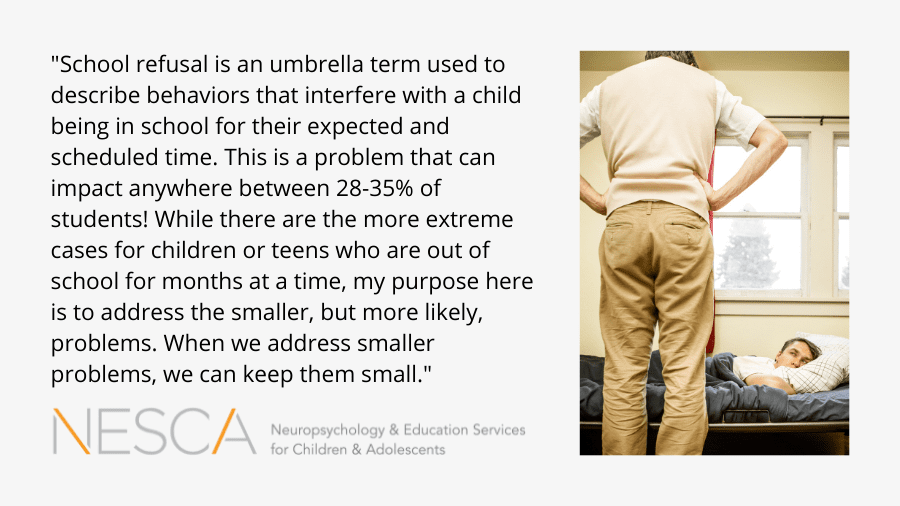
 unique pattern of strengths and weaknesses to best formulate a plan for intervention and success. With experiences providing therapy and assessments, Dr. Creedon bridges the gap between testing data and therapeutic services to develop a clear roadmap for change and deeper of understanding of individual needs.
unique pattern of strengths and weaknesses to best formulate a plan for intervention and success. With experiences providing therapy and assessments, Dr. Creedon bridges the gap between testing data and therapeutic services to develop a clear roadmap for change and deeper of understanding of individual needs.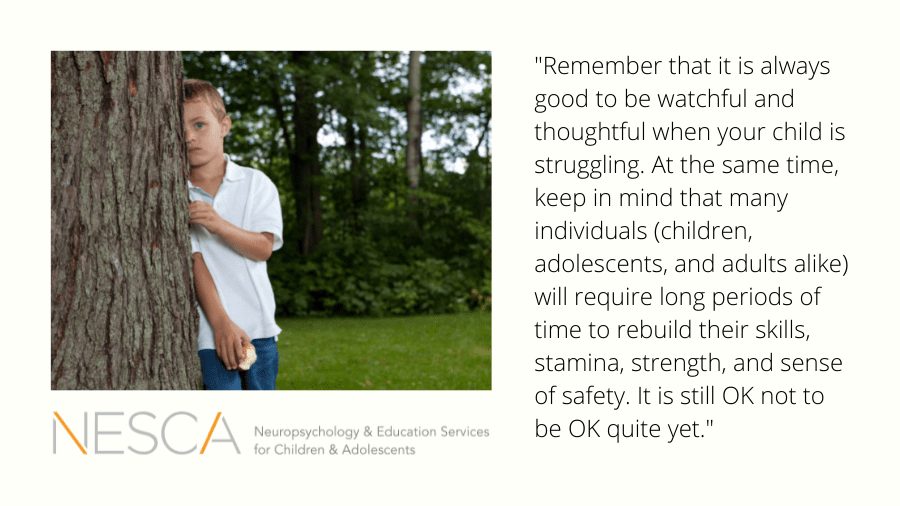
 delays, learning disabilities, attention difficulties and executive functioning challenges. She often works with children whose complex profiles are not easily captured by a single label or diagnosis. She particularly enjoys working with young children and helping parents through their “first touch” with mental health care or developmental concerns.
delays, learning disabilities, attention difficulties and executive functioning challenges. She often works with children whose complex profiles are not easily captured by a single label or diagnosis. She particularly enjoys working with young children and helping parents through their “first touch” with mental health care or developmental concerns.
 attention deficit disorders, communication disorders, intellectual disabilities, and learning disabilities. She particularly enjoys working with children and their families who have concerns regarding an autism spectrum disorder. Dr. Milana has received specialized training on the administration of the Autism Diagnostic Observation Schedule (ADOS).
attention deficit disorders, communication disorders, intellectual disabilities, and learning disabilities. She particularly enjoys working with children and their families who have concerns regarding an autism spectrum disorder. Dr. Milana has received specialized training on the administration of the Autism Diagnostic Observation Schedule (ADOS).
 Zeitler joined NESCA full-time in the fall of 2020 to offer occupational therapy assessment and treatment for children of all ages, as well as to work in conjunction with Abigael Gray, MS, CCC-SLP, on the feeding team.
Zeitler joined NESCA full-time in the fall of 2020 to offer occupational therapy assessment and treatment for children of all ages, as well as to work in conjunction with Abigael Gray, MS, CCC-SLP, on the feeding team.

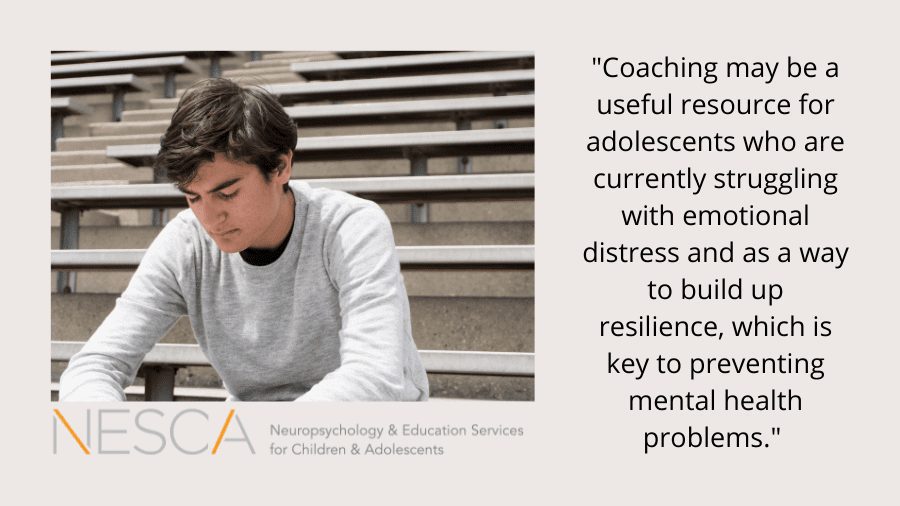
 neuropsychologist who has been practicing for almost 20 years. In 1996, she jointly founded the Children’s Evaluation Center (CEC) in Newton, Massachusetts, serving as co-director there for almost ten years. During that time, CEC emerged as a leading regional center for the diagnosis and remediation of both learning disabilities and Autism Spectrum Disorders.
neuropsychologist who has been practicing for almost 20 years. In 1996, she jointly founded the Children’s Evaluation Center (CEC) in Newton, Massachusetts, serving as co-director there for almost ten years. During that time, CEC emerged as a leading regional center for the diagnosis and remediation of both learning disabilities and Autism Spectrum Disorders.
Connect with Us